2021 saw the highest ever annual investment sales in Australia with investors snapping up just shy of $16 billion worth of income-generating industrial and logistics assets, more than double the previous record, according to a new CBRE research.
The real estate firm revealed that occupier take-up hit 4.2 million sqm and has driven the national vacancy rate to a new record low of 1.3%.
Research also showed that national midpoint yields for super prime grade assets were also the lowest ever documented at 4.50%.
Through 2021, sales of income-producing assets priced at more than $10 million totalled $15.9 billion in Australia.
That is just over three times the 10-year average annual transaction volume of $4.2 billion, and more than double the previous highwater mark, of $7.2 billion set in 2016.
“Demand from investors and occupiers alike drove Australia’s industrial and logistics sector to new heights in 2021, with records smashed on a host of key metrics,” said Sass J-Baleh, Head of Industrial & Logistics Research Australia at CBRE.
“Given investment sale transaction volumes had only ever surpassed $5 billion three times before, and peaked at $7.2 billion, the result of $16 billion in 2021 is ground-breaking and demonstrates the strong demand for Australian industrial and logistics assets from local, regional and global investors,” Baleh said.
“Institutional investment appetite continues to favour I&L due to high quality covenants in those institutional-grade assets and confidence in the ability to collect income, with multiple domestic and offshore capital sources competing to elevate capital allocation to the strongest performing sector
Occupier take-up of space in 2021 was up by nearly 900,000sqm compared to the erstwhile record set in 2020, with the figure of 4,200,000sqm around double the 10-year average of 2,400,000sqm.
Melbourne led the way across Australia’s five major cities, its occupier take-up of 2,000,000sqm roughly half of the national total by floorspace.
Nationally, the vacancy rate fell from 2.2% to 1.3% across 2021 after ~1,800,000sqm of floorspace came online, with a further ~2,700,000sqm forecast for 2022.
“The national average vacancy rate has been trending down over the past three years and is now at a record low,”J-Baleh said.
“We expect vacancy to remain stable throughout 2022, and that leasing transactions will remain in line with or below the long-term average, as a shortage of available supply continues to shape the market,” she said.
Although the forecast new supply for 2022 matches the 10-year average for occupier take-up, she said the shortfall in recent years has generated significant pent-up demand for space.
With Australia’s e-commerce penetration rate continuing to rise, now accounting for 14.3% of total spending, groups involved in e-commerce accounted for 19% of the take-up of space – 800,000sqm – across 2021.
“Lockdowns in the second half of 2021 continued to accelerate the major growth trends for industrial and logistics, as more consumers took their shopping online,” J-Baleh added.
“The transport, postal and warehousing sector finished 2021 as the most-active sector, followed by wholesale and retail traders, that cross-section accounting for 69% of the Q4 leasing activity,” she said.
Average net face rents increased significantly and midpoint yields contracted in each of Australia’s five major cities, with Perth leading the way on both fronts with a 5.6% rental increase and 115bps yield fall year-on-year.
Nationally, super prime average rents grew by 4.4% year-on-year across 2021, prime rents by 7.7% and secondary rents by a record 12.0%.
The midpoint super prime yields across Australia now sit at 4.50%, compressing 56bps throughout the year to sit at a record 40bps lower than the office sector (4.90%) as of Q4 2021.
“We expect rents to grow at an ever stronger rate in 2022, in excess of 5% y-o-y,” J-Baleh noted.
Source: CBRE


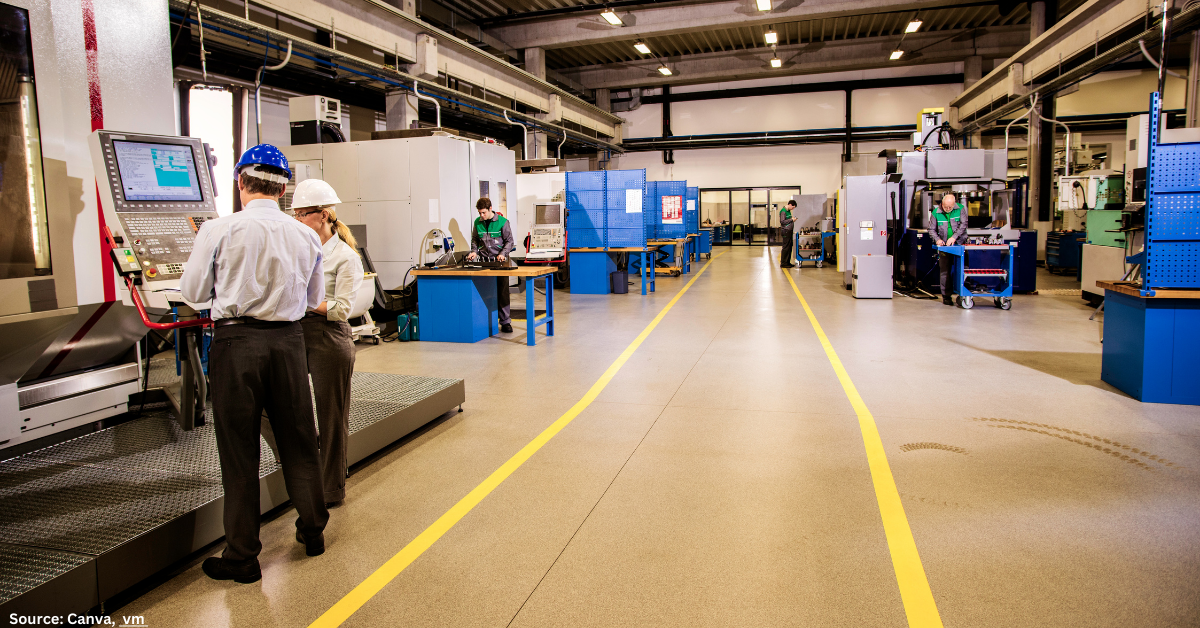
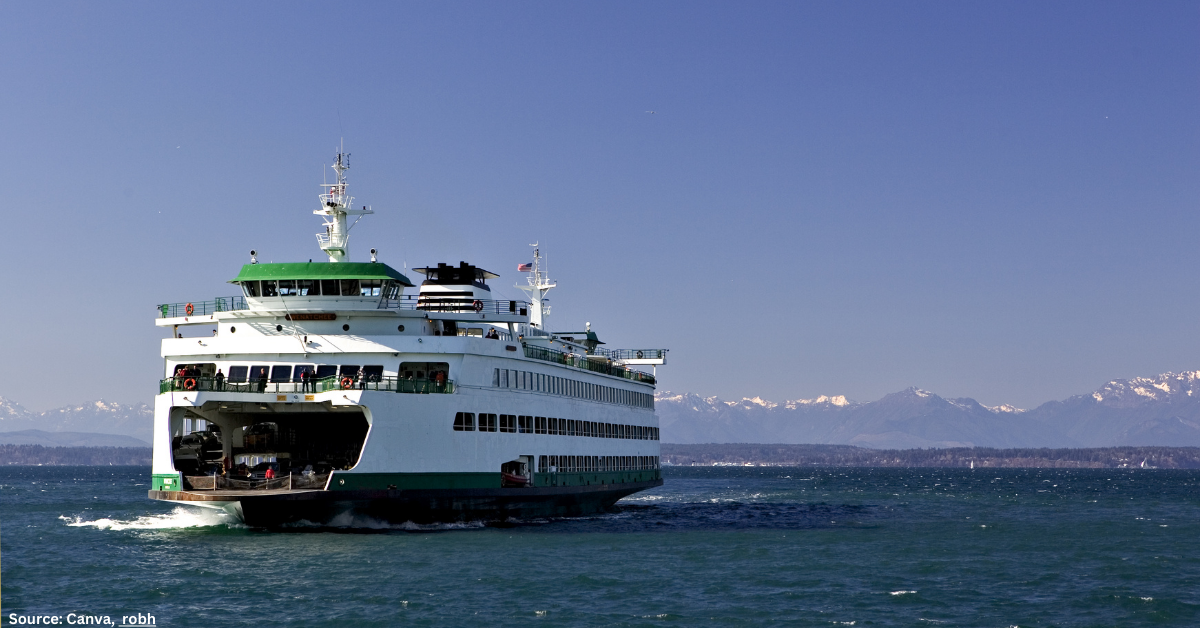
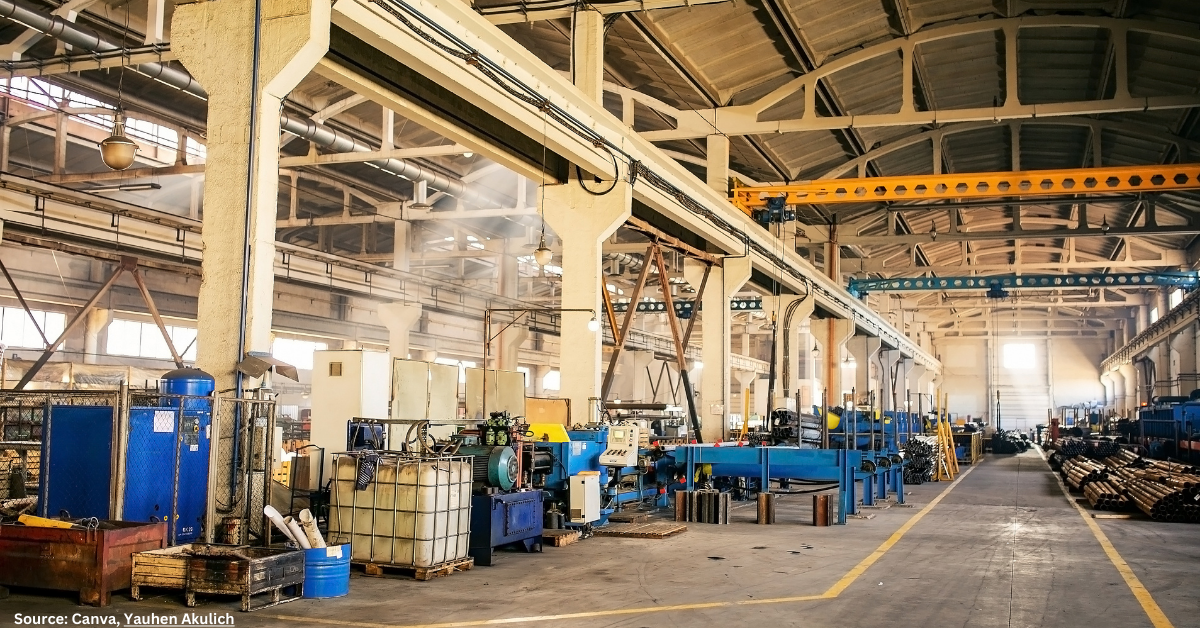







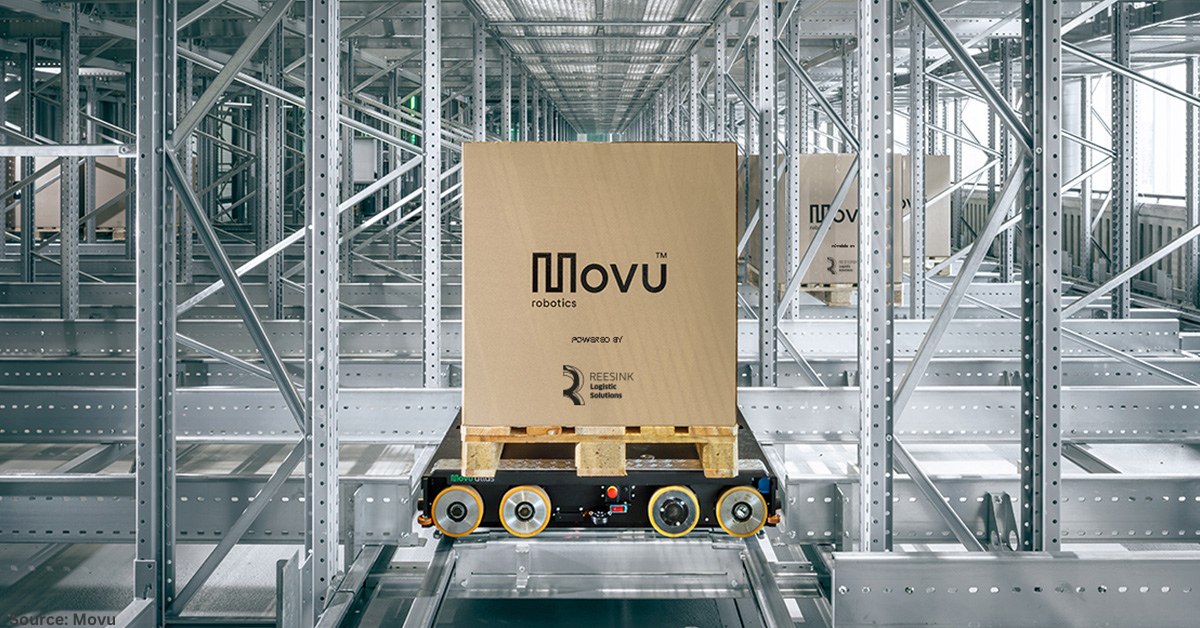














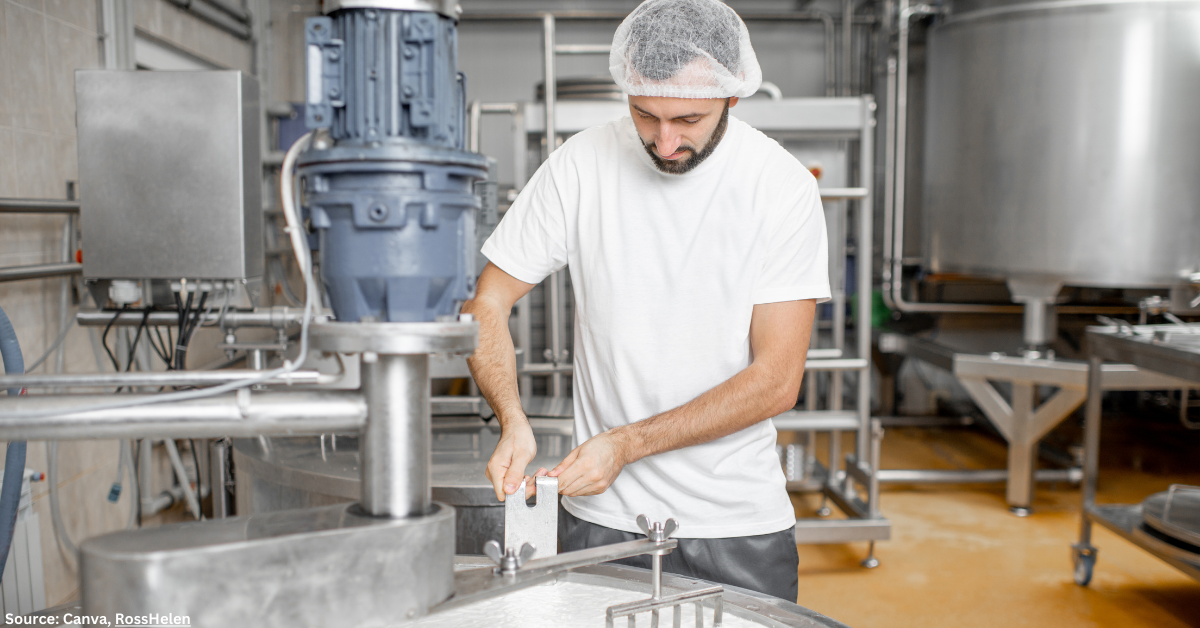





















Follow us on social media